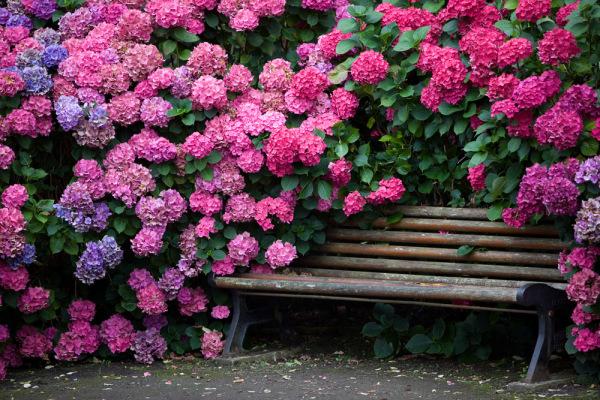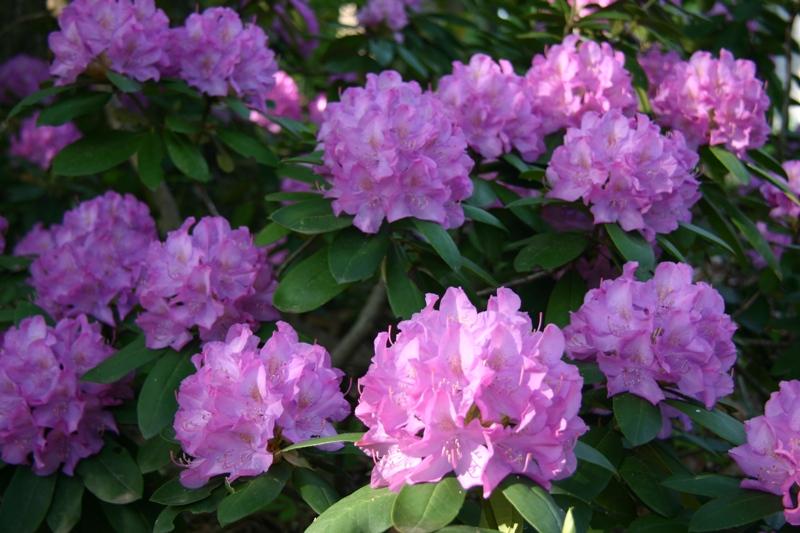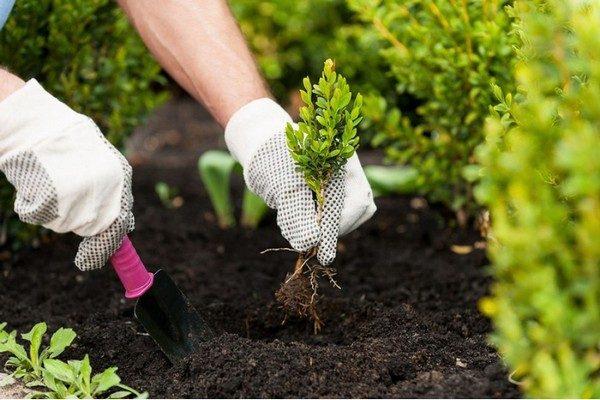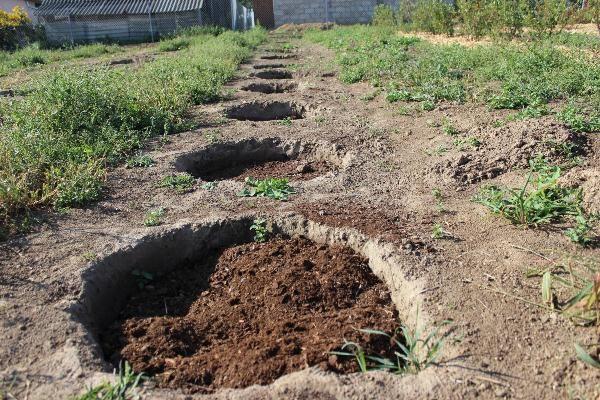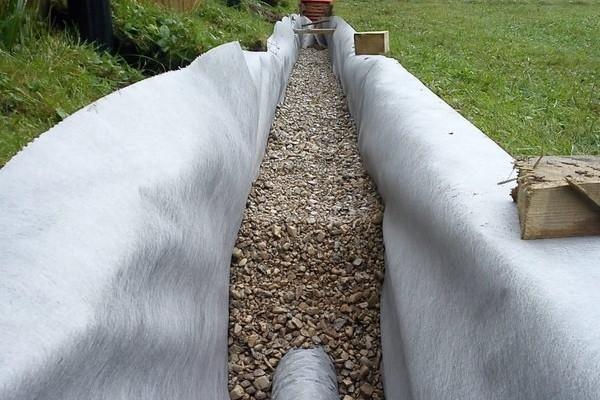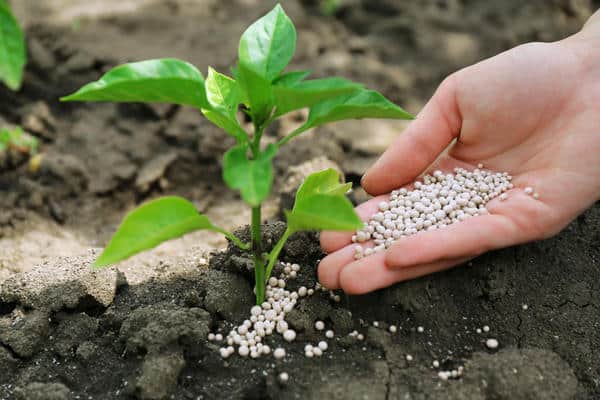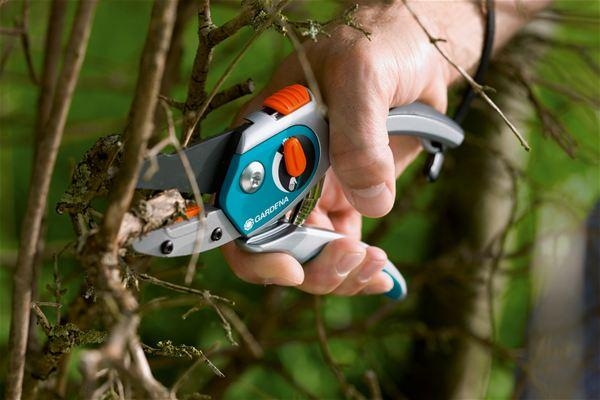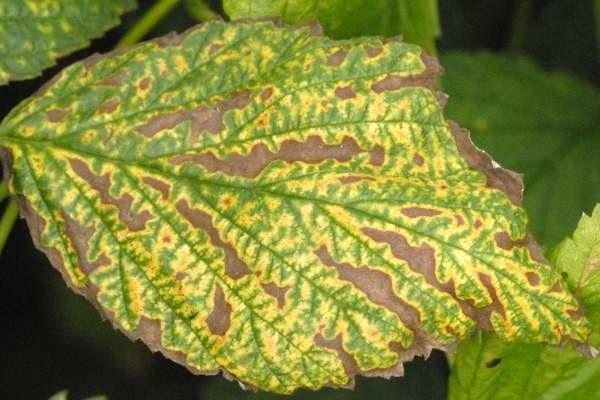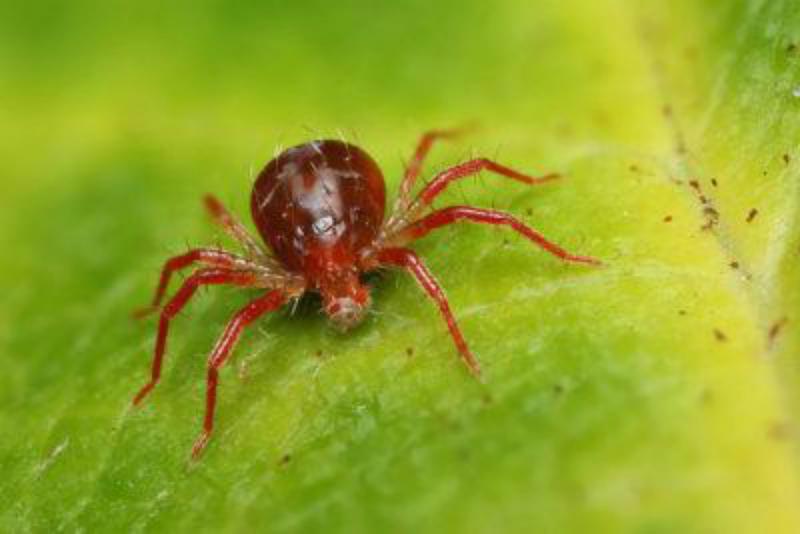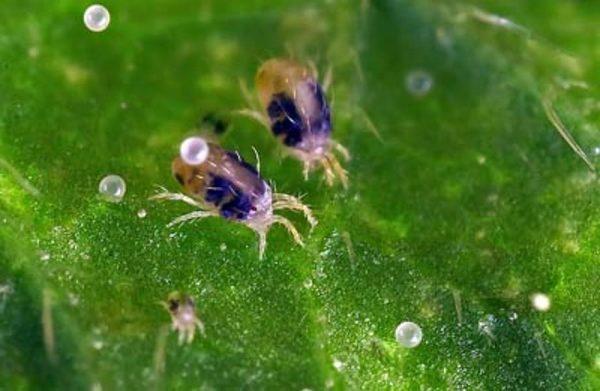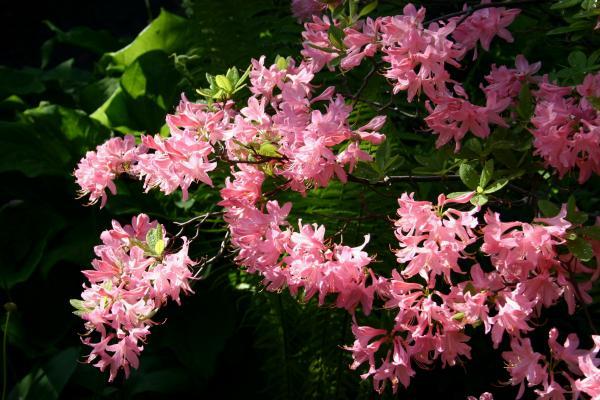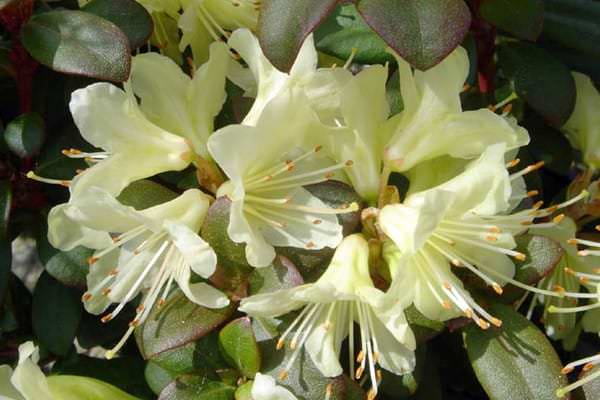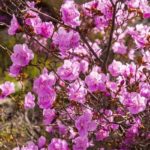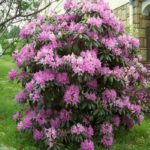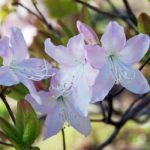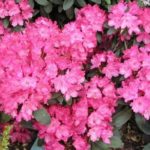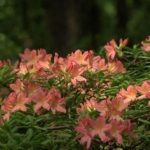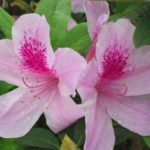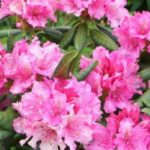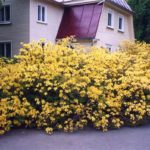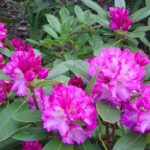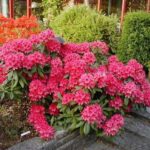Among rhododendrons, Katevbinsky is the first representative of an evergreen shrub brought to Europe from North America. New varieties have been created that can grow in the harsh climate of Russia. The flower is capricious, but if you take proper care, you will get an ornamental plant that will decorate your spring garden with brightly flowering bushes.
- Characteristics and description
- Kinds
- Album
- Grandiflorum
- Bourso
- White
- Landing
- Boarding time
- Selection of seedlings
- Location requirements
- Planting scheme
- Care
- Drainage
- Mulching
- Watering
- Feeding
- Bloom
- Trimming
- Wintering
- Protection from diseases and pests
- Fungal diseases
- Furrow weevil
- Spider mite
- Acacia false scale
- Tobacco thrips
- Rhododendron mite
- Greenhouse whitefly
- Gastropods
- Reproduction methods
- Propagation by seeds
- Reproduction by shoots
- Reviews
Characteristics and description
Rhododendron forms a lush spherical bush. The height of the plant reaches 4 meters. Glossy leaves in the shape of an ellipse are dark green. The root system is buried 40 centimeters.
It blooms with pink bells with a diameter of 6 centimeters. They are collected in brushes of 20 colors. The flowering bush creates the effect of a pink cloud, for which it is called a rose tree. The plant is long-lived, growing up to 100 years. Rhododendron Katevbinsky blooms in May, flowering continues for a month. When flowering ends, fruits form. These are seed pods. The seeds reach maturity in October.
Kinds
Based on the original species of Katevbinsky rhododendron, hybrids have been bred that are distinguished by winter hardiness, the shape of the bush and inflorescences, and the color of flowers. Popular ones are:
- Album (Catawbiense album).
- Grandiflorum.
- Katewbinse Burso.
- Cunningham's White.
Despite all their differences, they have common features that emphasize their belonging to this plant species.
Album
The shape of the bush is elongated upward, its height is 3 meters. It blooms with large white inflorescences with a yellow center. Flowering lasts from the end of May to the last days of June. Withstands winter temperatures down to -30 degrees.
Grandiflorum
The most common type of Katevbinsky rhododendron, the first variety bred on the basis of a wild species. The bush has the shape of a ball with a diameter of 2.5 meters. Blooms profusely from the beginning of May for a month. Flowers are white, pink, purple, collected in inflorescences. Tolerates temperatures down to -32 degrees.
Bourso
A rhododendron hybrid, very winter-hardy (down to -32 degrees), retains all the properties of the species. The bush has a spreading shape and tends to grow in breadth.
White
The rhododendron hybrid Cunningham's White is called White. The snow-white flowers have a central petal strewn with small purple spots. The length of the petal is 5 centimeters, 9 flowers are collected in the inflorescence.
Landing
Rhododendron requires loose peat soil with a pH of 4.5-5.5. Prepare the following composition:
- 3 parts of high peat;
- 2 parts of pine litter;
- 1 part coarse sand.
The soil is thoroughly mixed and poured into the planting hole. You can use special soil for rhododendrons and azaleas. It is important that it is acidic and breathable. The compact root system does not require a deep hole, 40 centimeters is enough, with a diameter of 60 centimeters. The site is prepared in advance, waiting for the soil to settle.
Boarding time
If seedlings in pots with a developed root system are selected, Katevbinsky rhododendron can be planted starting in May and throughout the summer.
Selection of seedlings
An important point is the choice of rhododendron seedlings. They are purchased in specialized stores. Must be 2-3 years old. The best plants will be in pots brought from Finnish nurseries, since they are grown in climate conditions similar to Russia. Saplings from Holland and France are suitable for the southern regions.
Important. You should not buy large bushes or rooted cuttings of rhododendron. They are unlikely to take root in a new place.
Location requirements
For Rhododendron Katevbinsky, a place where the sun's rays are scattered through the leaves of trees is suitable. The bushes are planted at a distance of 2 meters from their trunks. The best neighbors are spruce, pine, larch. Plantings must be protected from cold winds. Shrubs should not be planted near plants with a shallow root system.
Planting scheme
Rhododendrons are grown in groups or in single plantings, and can be placed along a hedge.The distance between bushes is maintained from one and a half to two meters.
Care
Plant care includes the following work:
- Watering.
- Fertilizer application.
- Mulching and loosening.
- Removing weeds.
Following the rules when performing these works will help to grow a healthy and beautiful plant.
Drainage
If the site has heavy clay soil, it is necessary to make drainage before planting rhododendron. The drainage layer is laid at a depth of 10-15 centimeters. Gravel, coarse sand, and crushed stone are suitable for this.
Mulching
Mulching is done to protect the roots from overheating, retain moisture in the soil, and suppress weeds. The best mulch for rhododendron is fallen pine needles, sawdust from coniferous trees, and dry peat.
Watering
Heather crops do not like the soil to dry out due to the shallow location of the roots. Water the plants 2 times a week in hot weather. Young bushes are sprayed. Humidity should not be excessive; water only when the top layer of soil dries out.
Feeding
In spring, rhododendron needs nitrogen. Make a solution from 1 tablespoon of ammonium nitrate and 10 liters of water. During flowering, the bushes are fed with acidic fertilizers for azaleas. In August, potassium sulfate is added - 1 tablespoon per 10 water. To acidify the soil around the bushes, colloidal sulfur is scattered (40-80 grams, depending on the size of the bush).
Bloom
During flowering, rhododendron requires special attention. It is fed and watered abundantly. It is important to remove faded inflorescences so that they do not interfere with the development of new ones and do not make the bush untidy.
Trimming
Pruning is done in early May; this plant is given a rounded shape and neat appearance. Sometimes this procedure leads to delayed growth and flowering of the bush. Pruning is replaced by pinching shoots.
Wintering
The roots of the plant are mulched with dry peat, sawdust or pine needles. For rhododendron, temperature changes in winter and snow sticking to branches are dangerous. A support is installed around the bush and wrapped in lutrasil or other material that allows air to pass through. You can bend the bush to the ground and cover it in a similar way.
Protection from diseases and pests
Rhododendron attracts various harmful insects and diseases.
Fungal diseases are the most dangerous. It is necessary to become familiar with these issues in detail.
Fungal diseases
Tracheomycosis. It begins with rotting of the roots, then affects the entire plant. Diseased branches are removed and the plant is sprayed with Bordeaux mixture.
Late blight. Purple-brown spots appear on the trunk and branches. Diseased shoots are cut off. The bush is sprayed with Fundazol and Topaz.
Septoria spot. Brown spots are visible on the leaves, which turn into holes. The plant is treated with Bordeaux mixture, Skor, Topaz, Fundazol.
Furrow weevil
An adult beetle damages buds, buds, flowers and leaves. The larvae develop in the soil and destroy roots, right down to the root collar. It is difficult to fight, since the pest is insensitive to drugs.
Prevention is important for the fight. Carefully cultivate the soil, making sure that there are no weevil larvae in it. For adult individuals, bushes are sprayed with insecticides - Demitan, Fitoverm, Karbofos.
Spider mite
Occupies rhododendron bushes in hot, dry weather. The mite is invisible; its presence is indicated by cobwebs on the leaves, which quickly dry out. Fruitful insect. Spray with Aktara, Demitan or others every 6 days.
Acacia false scale
A small brown insect chews through the bark and sucks out the sap, causing the rhododendron bush to die. It is destroyed by systematic treatment with contact pesticides such as Aktara.
Tobacco thrips
Damages leaves and buds. Control methods are the same as with acacia false scale.
Rhododendron mite
Its appearance is indicated by black dots on the back surface of rhododendron leaves. Quickly destroys the entire plant. For treatment, contact-intestinal preparations are used. They are changed so as not to cause addiction.
Greenhouse whitefly
Destroys flowers and leaves. It is most effective to spray the leaves from below with nicotine and oil emulsion in spring and autumn.
Gastropods
It attacks the leaves of young bushes, gnawing holes in them. They are collected manually or the bush is treated with a 0.8% TMTD solution.
Reproduction methods
The most acceptable methods of propagating Katevbinsky rhododendron:
- Seeds.
- By shoots.
Each method has the right to exist and is characterized by advantages and disadvantages.
Propagation by seeds
The best time to sow rhododendron seeds for seedlings is January. The seeds are scattered on the surface of the earth and germinated in the light at a temperature of 20 degrees. The grown seedlings are planted in separate pots and grown indoors until the spring of next year. In May, they are transplanted into open ground.
Reproduction by shoots
A small section of bark is removed from the lower branch, then the branch is pressed to the ground and secured with a staple. Within a year, the shoot forms its own root system and is separated from the bush. We get an independent plant, which we transplant to the chosen place.
You can propagate rhododendron by cuttings, but this is a long and not always successful process. Rooting takes up to 6 months.
Reviews
Svetlana Fedulova, Smolensk.
“For a long time I didn’t dare to plant a rhododendron, I thought I couldn’t handle it. I received a Catawbiense grandiflorum seedling as a gift. I planted it on the west side of the house. I was afraid that I wouldn’t survive the winter. The shelter was made in the form of a frame of metal arcs, which were covered with two layers of lutrasil. In spring the bush was alive and well. In the third year it bloomed with delicate lilac flowers.”
Anna Proshina, Chernomorskoe, Crimea.
“Rhododendron has been among my garden plants for a long time. My favorite hybrid is Album. In our climate, the main task is to protect the bushes from the hot sun and drought. I grow among acacias, in openwork shade. For the winter I protect it from the bright sun and strong winds.”


